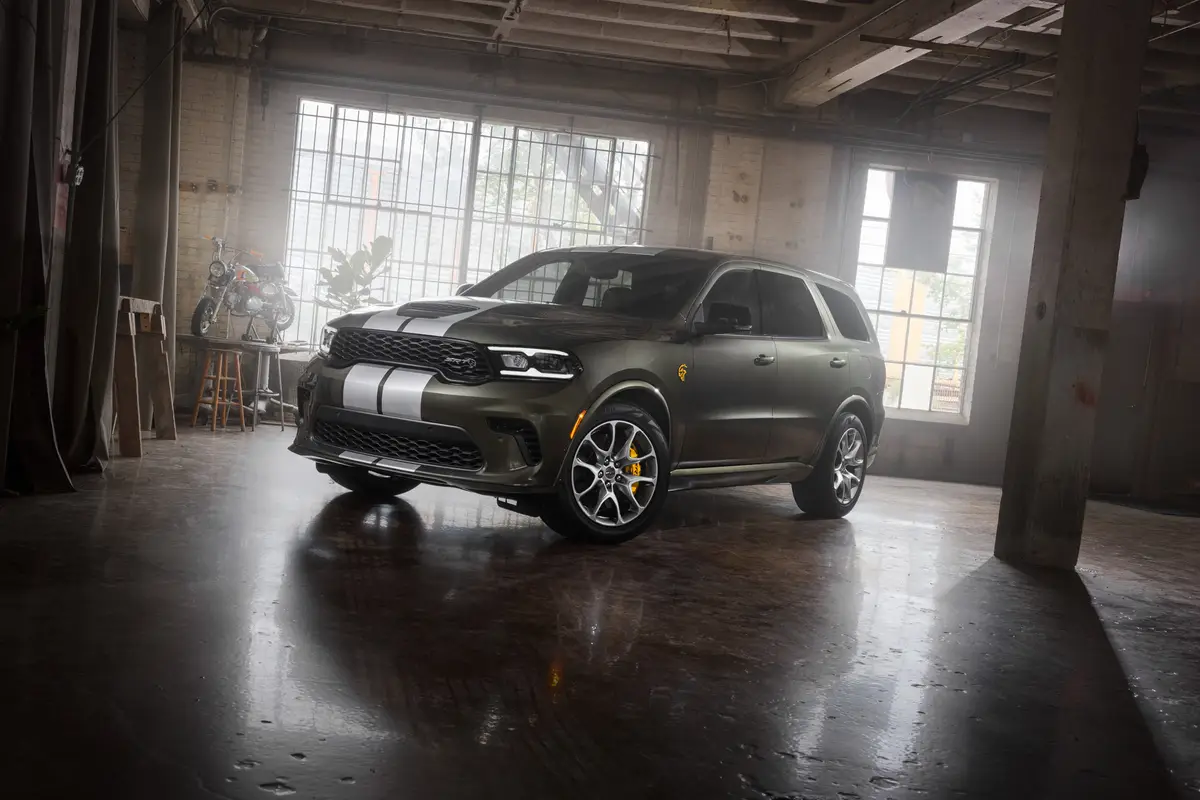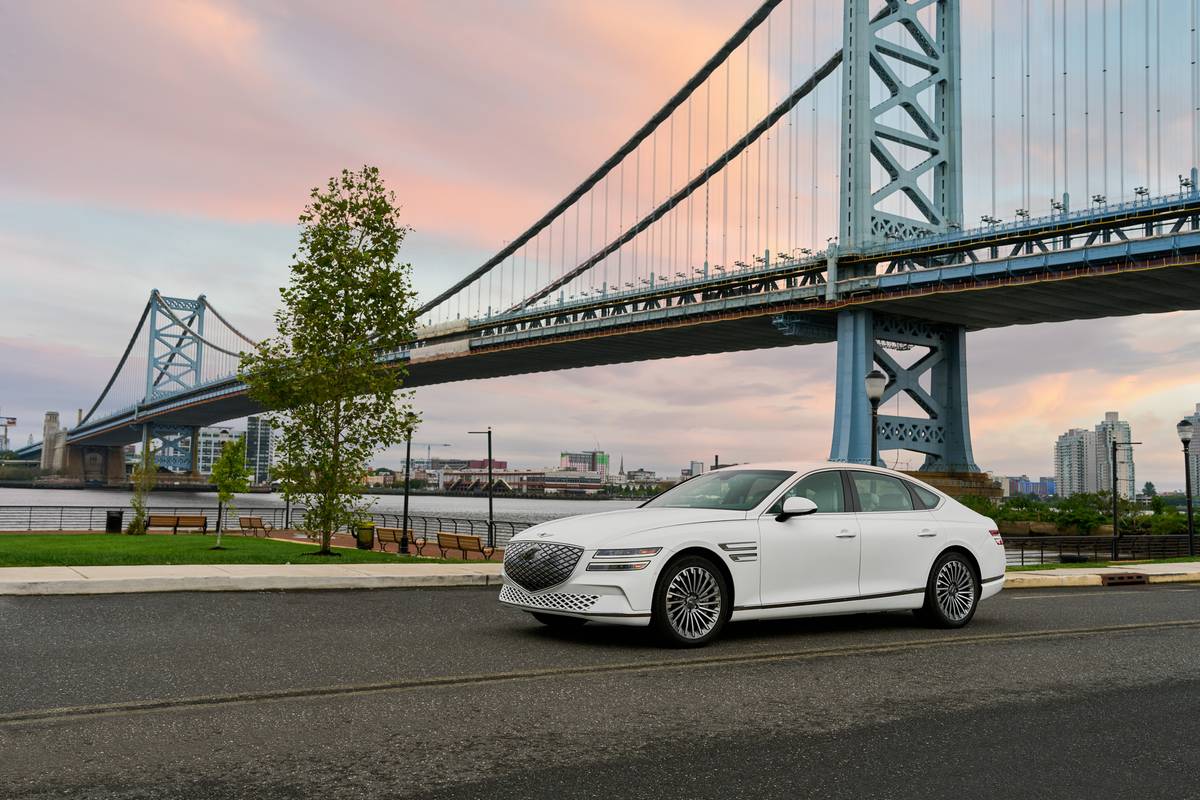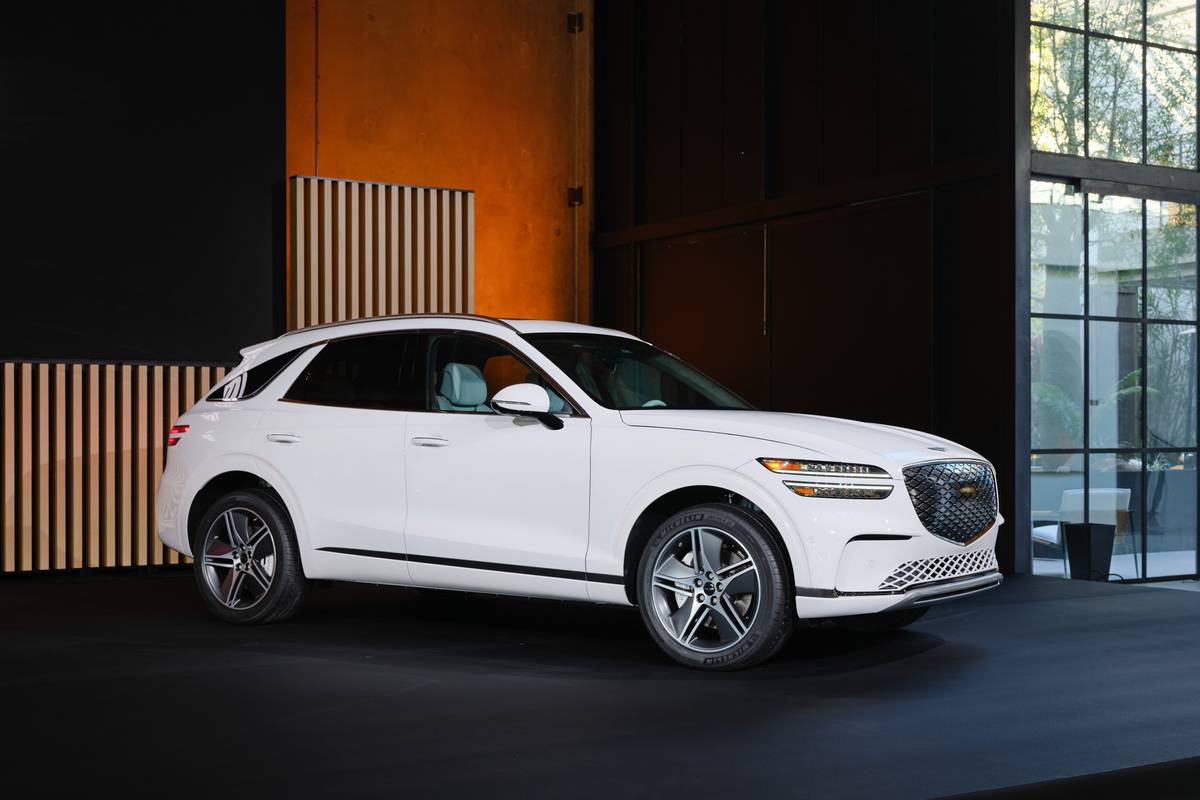Star-Telegram.com's view
America’s best-selling convertible – the Chrysler Sebring – gets a complete remake for 2008, including its first retractable metal top.
The ’08 model rides on the same all-new chassis that carries the redesigned 2007 Sebring sedan, although Chrysler has exactly 100 body/frame parts in the convertible that have been either added or strengthened to boost structural rigidity with the top down. That helps eliminate the body shakes and shimmies that often occur when convertibles run over bumps in the road.
Surprisingly, with the top down, the new Sebring feels almost as sturdy as its sedan sibling. Chrysler reinforced the body in exactly 100 places to make the convertible stronger, said engineer Dave LauzenÖ, senior manager for Sebring convertible development. High-strength steel was used in many of the braces and reinforced areas.
The Sebring is just the second convertible on the market to offer a choice between a standard soft top and a retractable metal top. The two-seat Mazda MX-5 Miata has a similar option for 2007, but of the four-seat convertibles that compete with the Sebring, none has that choice. The Pontiac G6 and Volkswagen Eos convertibles, both of which are new for 2007, have only the hard tops.
“We found that there are people who want a ragtop, and only a ragtop, while others wouldn’t buy a convertible unless it had a hard top,” said Dave Rooney, Chrysler’s director of marketing. “We decided that we could serve both of those customers with a choice of tops.”
With the soft tops, there is an additional choice – the base vinyl top or for $200 more, an upgraded cloth top. Changing to the three-piece retractable hardtop adds $2,000 to the price. That top is available only on the midlevel Touring model or the top-of-the-line Limited.
The base model, which comes with the vinyl top, 2.4-liter four-cylinder engine, and four-speed automatic transmission, starts at $26,145, including $675 freight. It comes with 16-inch wheels.
Touring models begin at $28,745 for the vinyl top, but the extra money brings a 2.7-liter V-6 engine, the four-speed automatic, and 17-inch aluminum wheels.
The Limited, with a starting price of $32,345, comes with the biggest engine, a 3.5-liter V-6. But it also gets a more fuel-efficient six-speed automatic transmission, the cloth top, 18-inch aluminum wheels, and leather upholstery as standard equipment.
Adding all of the available options, including the hard top and Chrysler’s new MyGIG navigation/audio system, the Limited model rings up at $38,675.
With the metal top, the Sebring rides just like a coupe, and is suitable for all weather conditions, Rooney said.
“We call it a 365-day-a-year vehicle,” he said. “It’s the best of both worlds: a stylish coupe and a beautiful top-down convertible.”
All three of the Sebring tops use the same electric retracting system, which folds the top into the trunk. The metal top takes 30 seconds to raise or lower, while the cloth top goes up or down in 27 seconds.
The convertible’s body was stretched three inches over the length of the sedan to allow for more trunk space with the top down. Although space is still limited when the top is in the trunk, there is room enough for two full-size golf bags.
“None of our competitors can hold two golf bags with their tops down; some of them can’t even hold one, or anything larger than a briefcase,” Rooney said.
With the top up, the Sebring also has best-in-class trunk space – 13.1 cubic feet. The Sebring has another exclusive feature: The top can be raised or lowered by pushing a button on the remote control that also locks or unlocks the doors.
After pushing the button to unlock the doors, a separate button is used to operate the top. The button must be pushed twice in a row to start the top operation, a precaution to keep people from inadvertently opening or closing the top, Lauzen said.
When the remote button is pushed to lower the top, the windows open first, then the trunk lid lifts up from the front. The top then unlatches from the top of the windshield, folds into three sections, and tucks into the trunk. The trunk lid closes, and the top is completely out of sight.
Inside the trunk is a cargo separator that must be in place for the top to operate. It keeps cargo out of the area where the top rests, and has a switch that prevents top operation if the separator is not in its proper position.
Optional is a wind deflector that pops into place over the rear seat, cutting down wind flow inside the car at highway speeds with the top down. While this device is quite effective – and even lowers the noise inside the car significantly at highway speeds – it does make it impossible to use the rear seat. The deflector stores in the trunk when it’s not needed or when the back seat is being used for passengers.
Lauzen said that Chrysler engineers drove the convertible in freezing Detroit weather with the top down, the windows up, the heater on, and the wind deflector in place, and the interior was nearly as warm as it would have been with the top up.
“We got a lot of strange looks driving around in the middle of winter with the top down, but it worked,” he said.
The Sebring’s seatbelts are mounted completely to the seats so the annoying “belt flutter” common in other convertibles is eliminated at highway speeds, he said. And rear passengers don’t have to climb through the front seatbelts to get into or out of the car, he said.
“It costs us more and these belts weigh more, but it’s worth it,” he said.
The seats are two-and-a-half inches higher than those of the previous Sebring convertible, giving passengers a better view, Rooney said. And among the options is a heated/cooled cupholder between the front seats. At the flip of a switch, it can either heat a beverage to 140 degrees or cool it to 35 degrees, he said.
The car’s styling was designed to be appealing with the top up or down, said Mark HallÖ, senior design manager for the convertible.
Much of the exterior looks like its sedan sibling, because “We wanted a closer visual tie-in to the sedan,” he said. The previous model had a markedly difference exterior from that of the sedan.
The sedan and convertible were “developed concurrently,” Hall said. “We think we did a great job making it look good with the top up or down.”
That’s a departure from the usual practice, he said. It has long been felt that a convertible could be a success if it looked good with the top down, but little attention was given to how it looked with the top up, he explained.
But with the hard top option, and Chrysler’s marketing of the Sebring as a year-round car, it needed to look good in both configurations, he said.
The three engines offered are the same as in the Sebring sedan.
The four-cylinder is rated at 173 horsepower and 166 foot-pounds of torque. fuel-economy ratings are 23 miles per gallon city/31 highway under the 2007 EPA formula; under the 2008 ratings system, they are 20 city/29 highway. As the Sebring convertible is an ’08 model, only the new ratings will appear on the window sticker; 2007 ratings are included here only for comparison with competing ’07 model convertibles.
With the 2.7-liter engine, there is 189 horsepower and 191 foot-pounds of torque. EPA ratings are 20/28 (2007) or 18/26 (2008).
The top engine, the 3.5-liter, generates 235 horsepower and 232 foot-pounds of torque. Mileage ratings are 18/20 (2007) or 16/26 (2008).
Safety features of the car include standard front seat-mounted side air bags and four-wheel disc antilock brakes. Optional is electronic stability control, which is packaged with traction control and electronic brake assist.
The Sebring has been the top-selling convertible in the United States for seven of the past 11 years. Chrysler has sold more than 475,000 of the Sebring ragtop during the past 10 years.
The new model will begin arriving at dealerships in early May. It’s built at the same factory in Sterling Heights, Mich., that assembles the sedan. Germany’s Karmann builds the tops in a separate factory in Michigan.
Latest news



